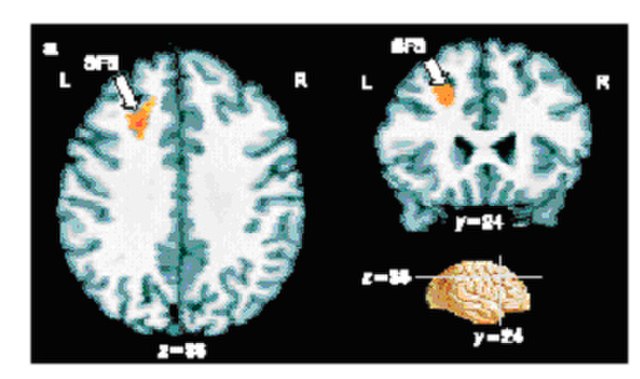Central dogma of molecular biology
The central dogma of molecular biology deals with the flow of genetic information within a biological system. It is often stated as "DNA makes RNA, and RNA makes protein", although this is not its original meaning. It was first stated by Francis Crick in 1957, then published in 1958:The Central Dogma. This states that once "information" has passed into protein it cannot get out again. In more detail, the transfer of information from nucleic acid to nucleic acid, or from nucleic acid to protein may be possible, but transfer from protein to protein, or from protein to nucleic acid is impossible. Information here means the precise determination of sequence, either of bases in the nucleic acid or of amino acid residues in the protein.
Unusual flows of information highlighted in green
Image: Central Dogma of Molecular Biochemistry with Enzymes
Francis Harry Compton Crick was an English molecular biologist, biophysicist, and neuroscientist. He, James Watson, Rosalind Franklin, and Maurice Wilkins played crucial roles in deciphering the helical structure of the DNA molecule.
Francis Crick
Diagram that emphasises the phosphate backbone of DNA. Watson and Crick first made helical models with the phosphates at the centre of the helices.
Crick and Watson DNA model built in 1953, was reconstructed largely from its original pieces in 1973 and donated to the National Science Museum in London.
Results from an fMRI experiment in which people made a conscious decision about a visual stimulus. The small region of the brain coloured orange shows patterns of activity that correlate with the decision making process. Crick stressed the importance of finding new methods to probe human brain function.






